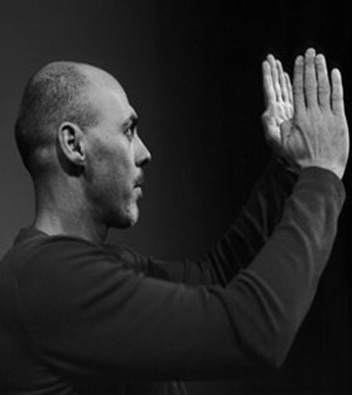
"On that first day, I was outside listening - people were saying that they felt so serene," says Dreyfus, describing the 4,500 people gathered in the dusk.
"Everyone was waiting for the light, and because the sun was going down, a wave of emotion was going through the people," he said. "When they came in, there was nothing to buy and nothing to sell, but I had opened a door with my sensibility."
Instead of laser beams raking the exterior as in a "son et lumière" show, a glowing flow of changing colors was reflected by mirrors from sky to floor and out from the glass roof.
"What is the sense of lighting buildings at night to show what you see during the day?" Dreyfus asks. "You have to bring another dream."
His personal memories of light come from deep down. He refers to the cathedral of Notre Dame with its golden glow of fat white candles and of being at boarding school, at age 14, playing cards by the light of flickering candles among feathered pillows.
"Candles are still for me the most beautiful, the movement, like fire, the moment of life," says Dreyfus, although his Paris studio is filled with high-tech light: a prototype of a crystalline lamp filled with sea salt, or modernist tungsten grid creations made in a limited edition of eight and sold privately. New experiments are to re-create 18th-century chandeliers, those haute emblems of French style, making the light glow from within.
Dreyfus recalls his first emotional experience of light as a child in the family's country house outside Chartres, when the flames in the hearth lighted up his grandfather's arm and its indelible stamp of the concentration camp.